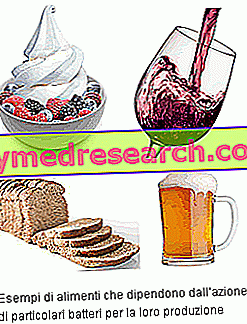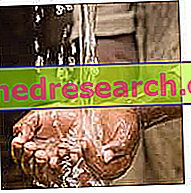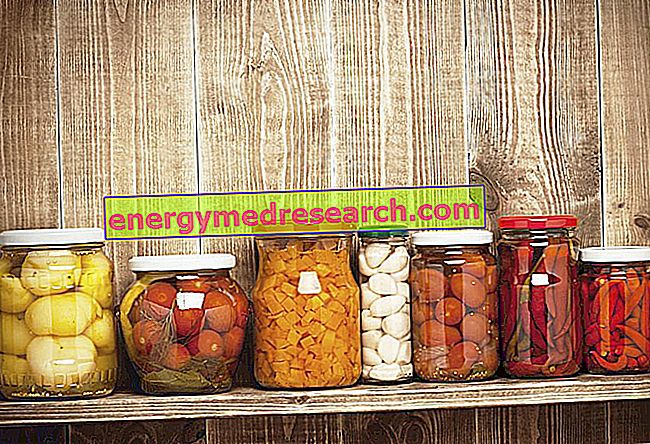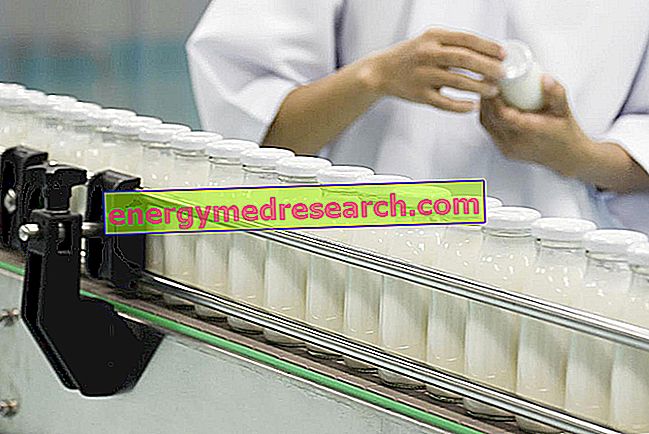Bacteria in food can be the result of: a processing (more or less sophisticated) of the raw material by man an unpleasant and unwanted contamination, potentially harmful for the health of the consumer. What are bacteria? Bacteria are prokaryotic unicellular organisms totally different from other more complex life forms, instead defined as eukaryotes; the bacteria DO NOT possess a cellular nucleus and the dimensions of the entire structure are about a thousand times lower than those of a eukaryotic cell; the bacteria multiply thanks to the association of self-replicating elements which, unlike w
Category food diseases
Generality Hepatitis E is a liver disease caused by HEV, a small non-capsulated RNA virus that - similar to the hepatitis A causative agent - is transmitted via the fecal-oral route, therefore through the consumption of water and food contaminated by infected faeces . Hepatitis E is fortunately rare in Italy, as indeed in other industrialized countries, while it is often present in epidemic or sporadic form in developing regions, where overcrowding and precarious hygienic conditions constitute fertile ground for its spread
Food botulism is contracted through the ingestion of food contaminated by botulinum toxin produced by the bacterium Clostridium botulinum , which owes its name to the term "botulus" (which in Latin means sausage) to which it was originally associated. Both industrial products and home preparations are at risk
Botulism is a serious food poisoning that depends on the presence of the bacterium Clostridium botulinum , generally in the form of spores, in industrial products or household preparations, such as preserves and vacuum packages (poorly sterilized). This can happen due to the fact that it is an anaerobic microorganism, that is capable of developing in an oxygen-free environment
The diagnosis of botulism is based on the identification of the Clostridium botulinum toxin in the laboratory and on the observation of clinical symptoms, even if they are sometimes non-specific. The disease, in fact, can be confused with Guillain-Barré syndrome, poliomyelitis, stroke, myasthenia gravis and tick paralysis.
Botulism is a disease caused by a toxin with neurotoxic activity produced by the bacterium Clostridium botulinum . In most cases, it is a food poisoning , due to the ingestion of foods containing the preformed neurotoxin. Botulism occurs mainly with gastrointestinal symptoms and neurological disorders, which can lead to the death of the patient due to paralysis of the respiratory muscles
Always wash your hands before and after handling raw foods. Use gloves if you have injuries or injury on your hands. Before consuming them, wash fruits and vegetables, to eliminate the possible presence of microbes and residues of substances (such as pesticides), but do not wash them before putting them in the fridge, as the increase in humidity favors the growth of mold and bacteria
In 2010 a large media coverage was given to the so-called blue mozzarella . Some alarmed consumers had in fact noticed that, after a few days from the opening, some mozzarellas took on a bluish color. Responsible for the phenomenon is a pigment, called pioverdin (or fluorescein) produced by the bacterium Pseudomonas fluorescens
Botulism is a dangerous and potentially lethal disease but, if diagnosed and treated promptly, it is completely reversible. Exposure to Botox occurs subtly, since the first symptoms can be difficult to recognize. A few hours after the ingestion of botulinum toxin, gastrointestinal disorders such as nausea, vomiting and abdominal pain can occur
Listeriosis has become a public health problem in the United States, Europe and Australia due to the increase in the number of cases resulting from the consumption of contaminated food of both plant and animal origin. Product contamination can result from both raw materials and incorrect food production, handling and storage procedures
Food infections are caused by the ingestion of foods contaminated by various pathogens . If the disease is caused directly by the presence of an often high number of microorganisms in a food, it is called food poisoning . When it is due to the toxins produced by the germs in the food, however, we speak of intoxication











